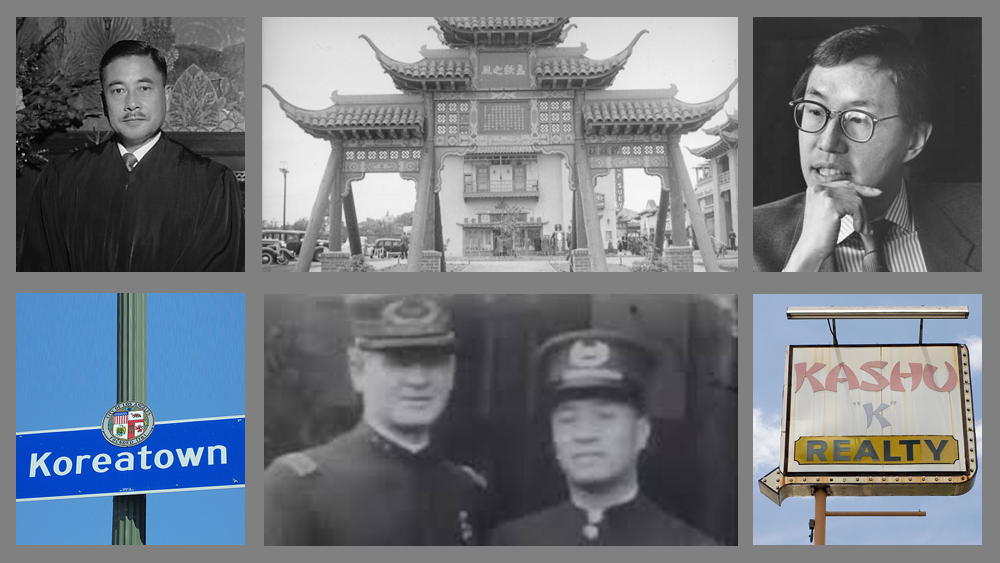It was around 10 a.m. on January 14, 1938, when Harry Raymond went out to his garage in Boyle Heights, turned the key on the ignition of his car and his engine bolted out of the hood of his car, filling Harry’s body with 186 pieces of shrapnel. The explosion was loud enough to hear throughout the neighborhood. Harry was rushed to the hospital where he received 100 stitches and was treated for multiple fractures and chest punctures.
Law & Order in the City of Angels - Jury Tampering, Bribery, and a Little Courtroom Murder: The Julian Pete Swindle
On July 14, 1930, Frank Keaton entered Department 39 in a downtown Los Angeles courtroom for a civil case between The First National Bank, and Hollywood film producer David O. Selznick. On the stand was banker Motley Flint. Keaton listened in the spectator’s section to Motley’s testimony, and once he finished and stepped down from the witness stand, Keaton shot him three times with his .38 Smith & Wesson – Flint fell dead! What angered Mr. Keaton, and brought him so far to the edge that he would shoot Motley Flint dead? The Answer is “The Julian Pete Swindle”.
Law & Order in the City of Angels - Will the Real Perry Mason Please Stand Up?
by Pebbla Wallace, LACHS Board Member
The most famous courtroom television drama in the history of courtroom dramas will always remain, in the opinion of this writer, the series Perry Mason, which starred Raymond Burr from 1957-1974. Although the drama depicted a fictional criminal defense attorney who won almost every case, what you may not know is that the character was based on a real-life criminal defense attorney name Earl Rogers who practiced in Los Angeles from 1897 to 1918.
LACHS Webinar - Made in California - A talk with George Geary CCP
LACHS Webinar - A Look at Los Angeles Through Vintage Postcards
Asian American & Pacific Islander Heritage Month - Los Angeles' Pioneers and Trailblazers
The Chinatown Massacre – The Importance of Remembering History
Todd Gaydowski 1967-2022
LACHS Webinar - Ice & Oil – The Life and Legacy of Dan Murphy
Women’s History Month - Los Angeles Women Pioneers
by Pebbla Wallace, LACHS Board Member
Today’s women have made great strides in American History. But for years women were restricted from voting, signing legal documents, owning property, participating in contracts and lawsuits, retaining their salaries, or even inheriting independently from their husbands. In fact, until around 1850 most women’s legal rights were under the protection and authority of their husbands.




